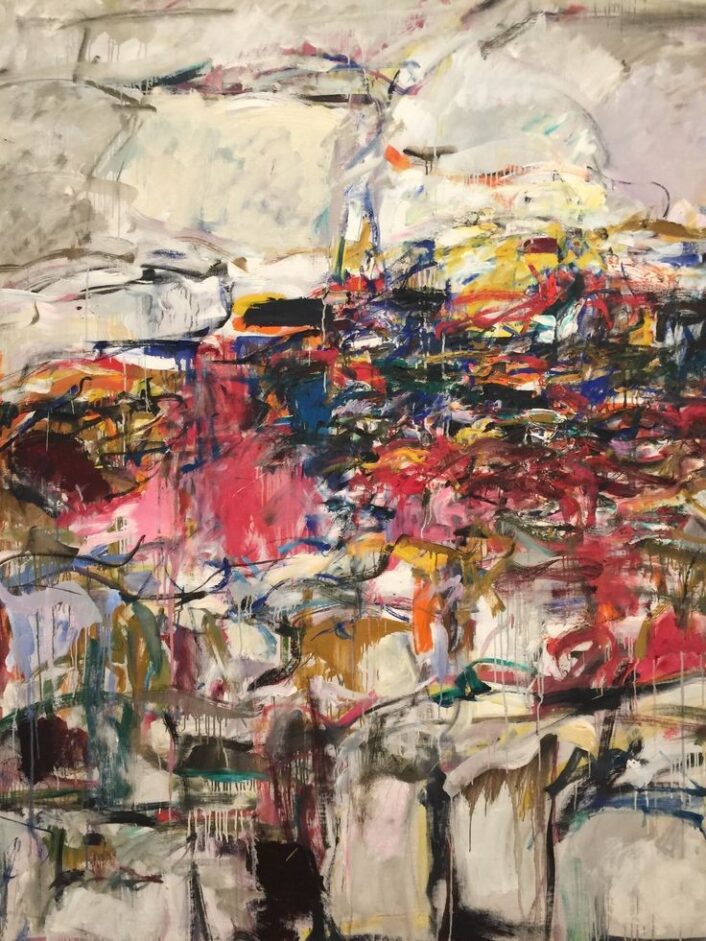“The New Contemporary” exhibit showcasing the 44 iconic pieces recently added to the Art Institute of Chicago’s contemporary collection by the generous donation of Stefan Edlis and Gael Neeson is a must-see. The paintings, sculptures and photographs expand the contemporary story that this great institution has to tell with great significance. Works by Jasper Johns, Andy Warhol, Marc Rothko, Agnes Martin, David Hockney, Brice Marden, Cy Twombly, Cindy Sherman, and several others share the history of conversations happening across the contemporary platform.
The power of the expanded story the Art Institute garners, made possible by this magnificent donation, is enormous. Because the curators were able to select from the vast collection belonging to Stefan Edlis and Gael Neeson, meant that this encyclopedic museum was able to fill in where their collection may have been missing important pieces of the contemporary conversations spanning 1945 to the present.
Curious which works constitute this impressive donation? Here is the full list.
To coordinate your visit, see here for more information.
All images courtesy of Suzanne Lovell, Inc.

Brice Marden, Study for Muses (Eaglesmere Version), 1991-94 & 1997-99 – Edlis/Neeson Collection at The Art Institute of Chicago. (detail)
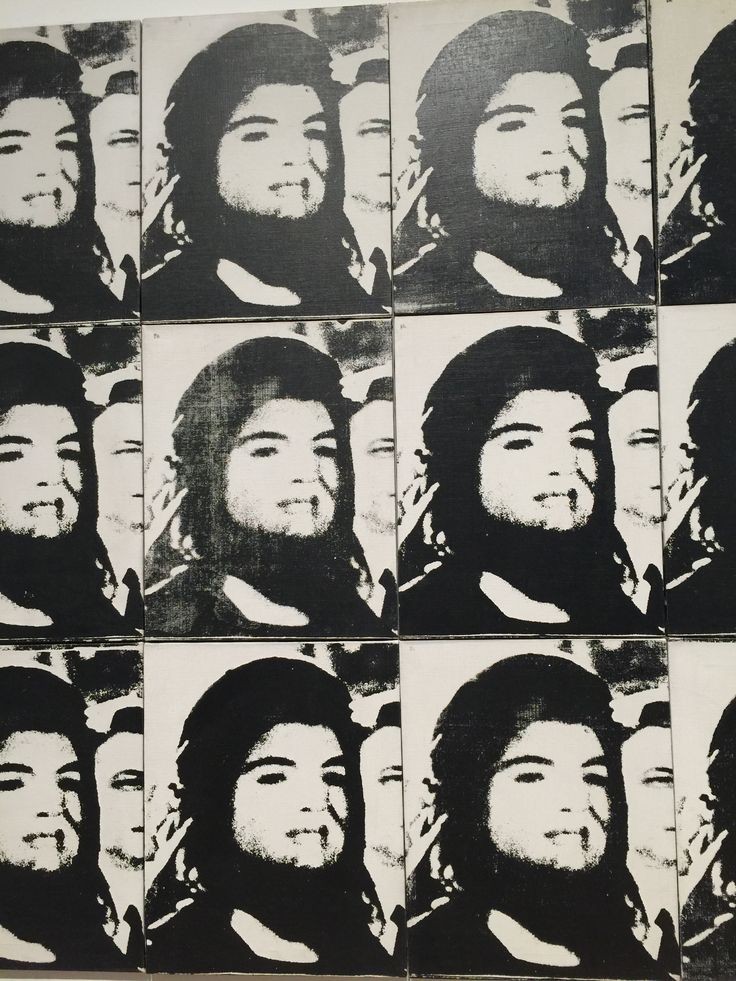
Andy Warhol, Twelve Jackies, 1964 – Edlis/Neeson Collection at The Art Institute of Chicago.
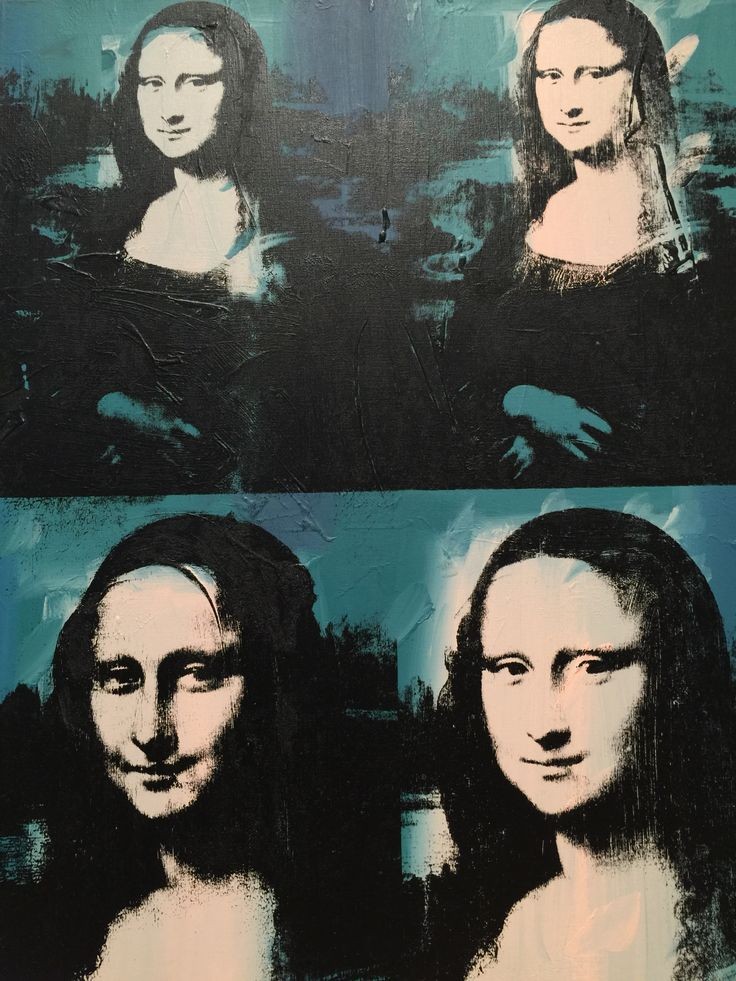
Andy Warhol, Mona Lisa Four Times, 1978 – Edlis/Neeson Collection at The Art Institute of Chicago.
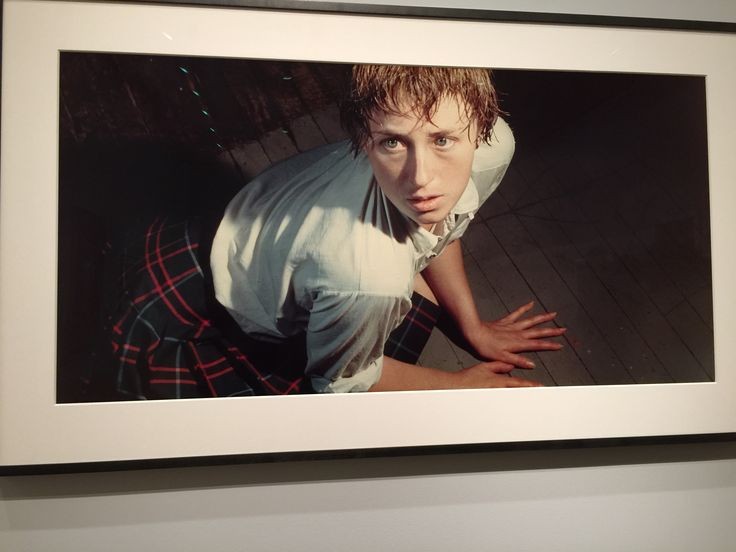
Cindy Sherman, Untitled #92, 1981 – Edlis/Neeson Collection at The Art Institute of Chicago.
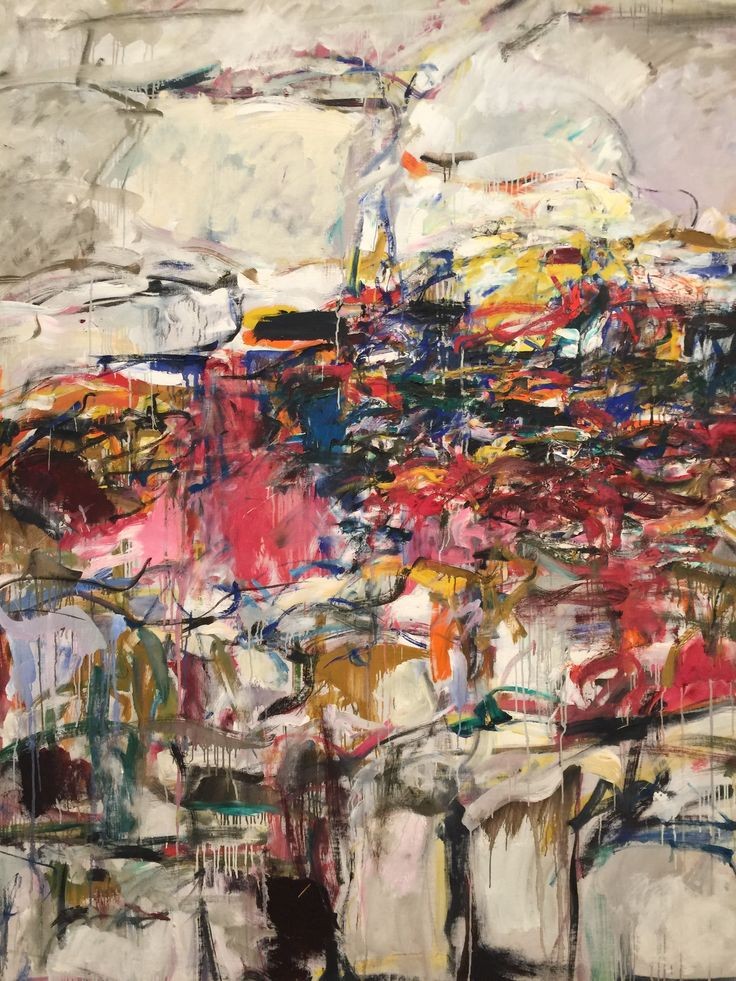
We were so pleased to visit some more of our favorite paintings.
Joan Mitchell, City Landscape, 1955 – Gift of Society for Contemporary American Art, 1958.193, The Art Institute of Chicago
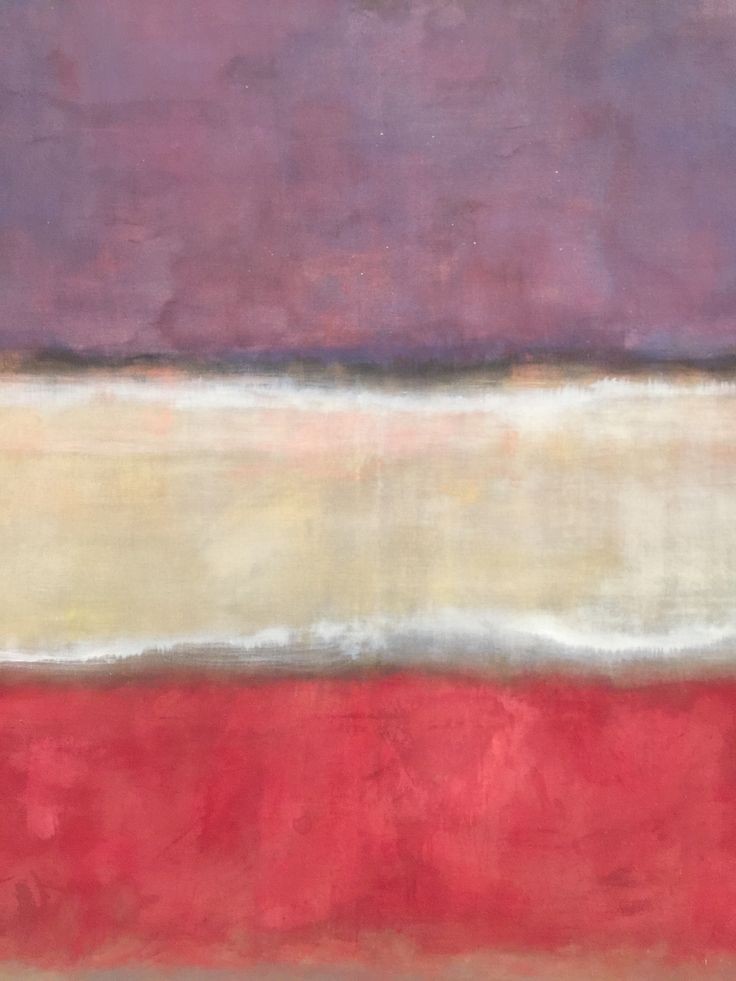
Another masterpiece at the Art Institute of Chicago, Mark Rothko c. 1953
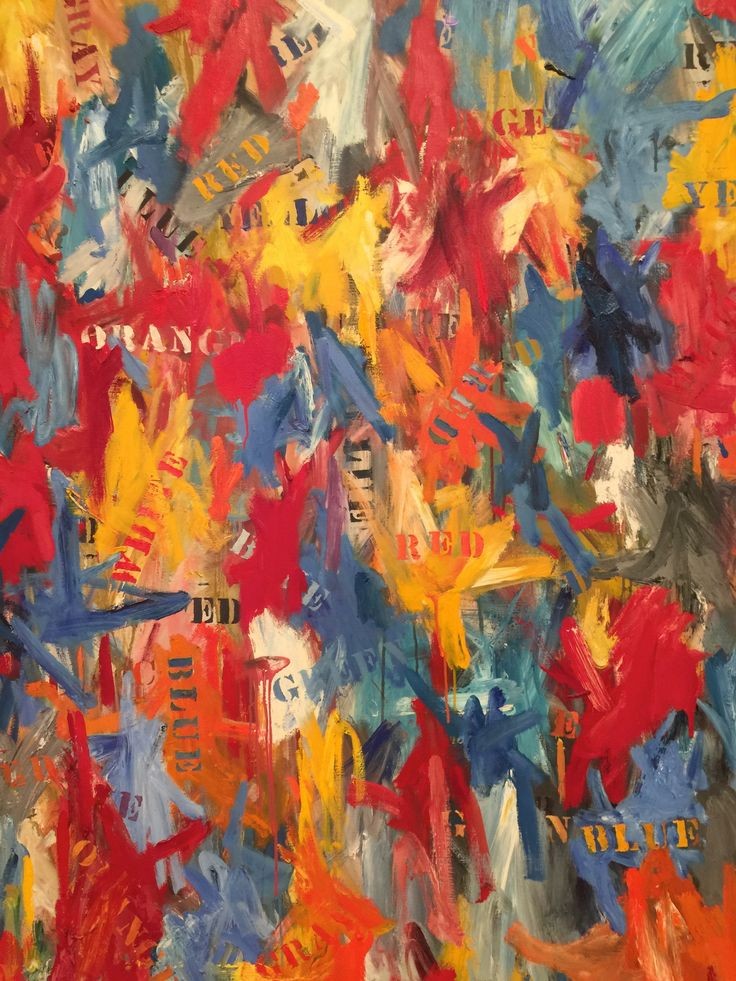
Jasper Johns, False Start, 1959.
Kenneth C. Griffin, CEO of the Chicago-based Citadel Investment Group, acquired “False Start” in 2006 for $80 million as reported in The New York Times
